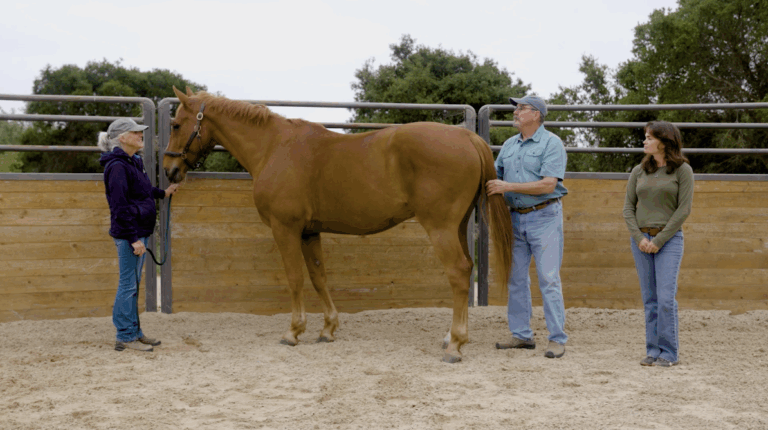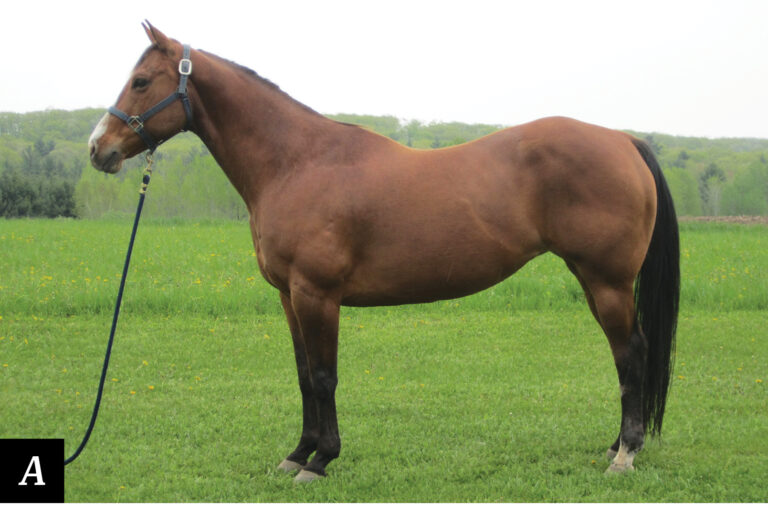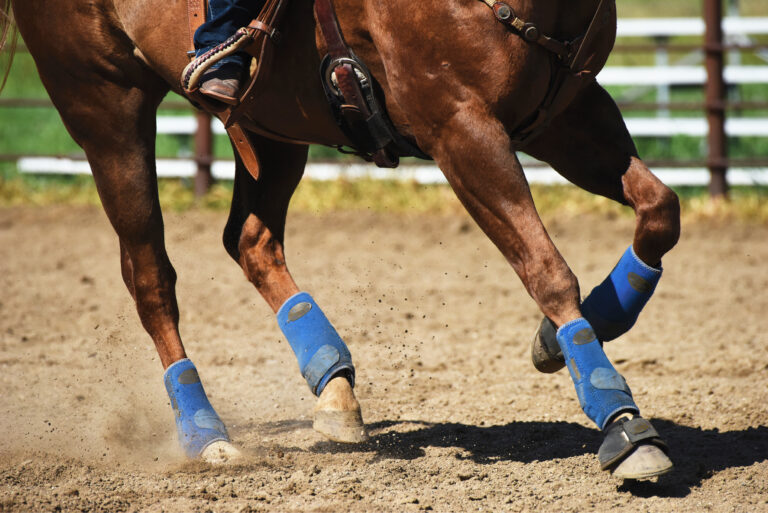If there were an outbreak of an infectious equine disease in your locality, would you know how to keep your horses safe? Or what to do if they were exposed–or became ill?
We asked H&R‘s contributing veterinarian, Dr. Barb Crabbe, for a step-by-step checklist to cover the various scenarios. Here’s what she told us.
Get Informed
First, don’t panic. Turn to a reliable source, such as your veterinarian, your local veterinary teaching hospital, or appropriate state/federal officials for accurate information that applies to your area.
Avoid Exposure
You needn’t automatically enact a stay-at-home policy unless your vet recommends it. But don’t take your horse anywhere there’s a known risk for the outbreak, such as a facility where horses are known to be sick.
Consult your vet about potential vaccination protocols (though there won’t always be one, depending on the disease).
Monitor/Isolate Exposed Horses
If your horse does inadvertently become exposed to a contagious disease, isolate him for at least two weeks (30 days is the ideal) in a stall or pen at least 30 to 40 feet away from other horses. Monitor his temperature every day, notifying your vet if it rises.
Contain Contagion
If your horse becomes ill, work with your vet to provide appropriate care while keeping the sick animal isolated from other horses. A separate barn is ideal, or else designate a quarantine area at the far end of your barn, away from other horses and the main traffic area.
Use duct tape on the barn floor so everyone knows where the quarantine area is. Wash your hands thoroughly before and after tending the sick horse, and keep hand sanitizer available for additional cleanings and for visitors to use. Follow disinfection techniques with all equipment that comes into contact with the sick animal (see “Disinfection” below). Always tend to sick or exposed horses last in your daily routine.
Establish a dedicated wheelbarrow and fork for cleaning the quarantined stalls; burn or otherwise safely dispose of the bedding. Designate one pair of rubber boots and rubber gloves, plus perhaps coveralls to use whenever you’re in the quarantine area; then remove them and leave them for use there only.
If need be, set up a shallow basin full of properly mixed disinfectant so other individuals can wash off their footwear before leaving the quarantine area.
Routine Biosecurity
A program of good, ongoing protective measures (popularly known as “biosecurity”) is your first, best line of defense against infectious diseases. Follow these recommendations:
At Home
- Work with your vet to set up a vaccination plan for all horses in your care.
- Be sure all horses entering your facility (or the one where your horse is boarded) are appropriately vaccinated and free of all communicable diseases; ideally, isolate all incoming horses for up to 30 days.
- Don’t share water or feed buckets, grooming equipment, or any piece of gear that may come into contact with a horse’s eyes, nose, or mouth.
- When cleaning or filling water containers, don’t allow the hose nozzle to touch the container.
- Remove all manure/waste products to a location away from the barn.
- Limit horses’ exposure to disease-spreading pests such as flies and mosquitoes.
When Traveling
- Monitor temperatures prior to traveling, and don’t ship a horse that’s had a fever within five days of a haul.
- Keep a disinfectant-filled spray bottle handy to disinfect stalls and stable areas before moving your horse into a show grounds or other new facility. (Spray liberally.)
- Don’t use common water buckets or feed areas at shows or event grounds.
- Don’t borrow/share halters, twitches, lip chains, or other items that may touch a horse’s eyes, nose, or mouth.
Disinfection
Items that can be disinfected when necessary include nylon halters, bits, lip chains, grooming equipment, stalls, buckets, shovels, pitchforks, and even shoes and car/truck tires.
Remove all excess dirt/debris from items to be disinfected, including stall floors and walls.
Wash the item or area first with laundry detergent or dish soap.
Immerse or thoroughly wet the item/area with an appropriate disinfectant. Products that are phenolic-based (Lysol) or quaternary ammonium-based (Roccal D) are most effective. (Although bleach is effective against most viruses and bacteria, it’s inactivated by organic material, making it less-than-ideal in a barn situation.)
Rinse the disinfectant off thoroughly with plain water.




